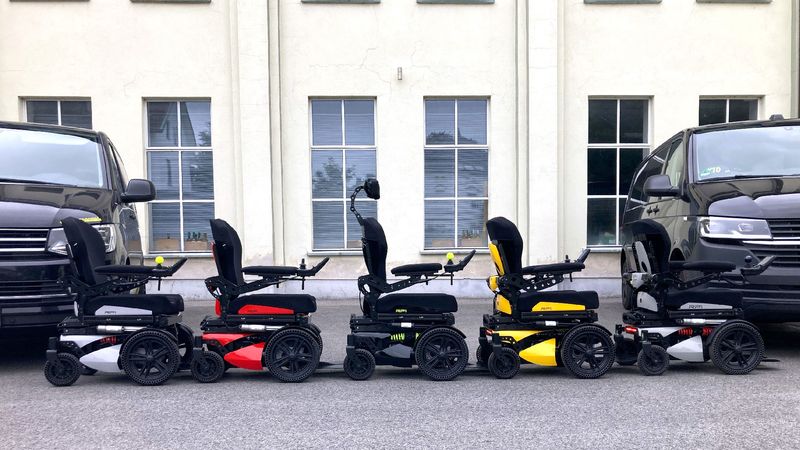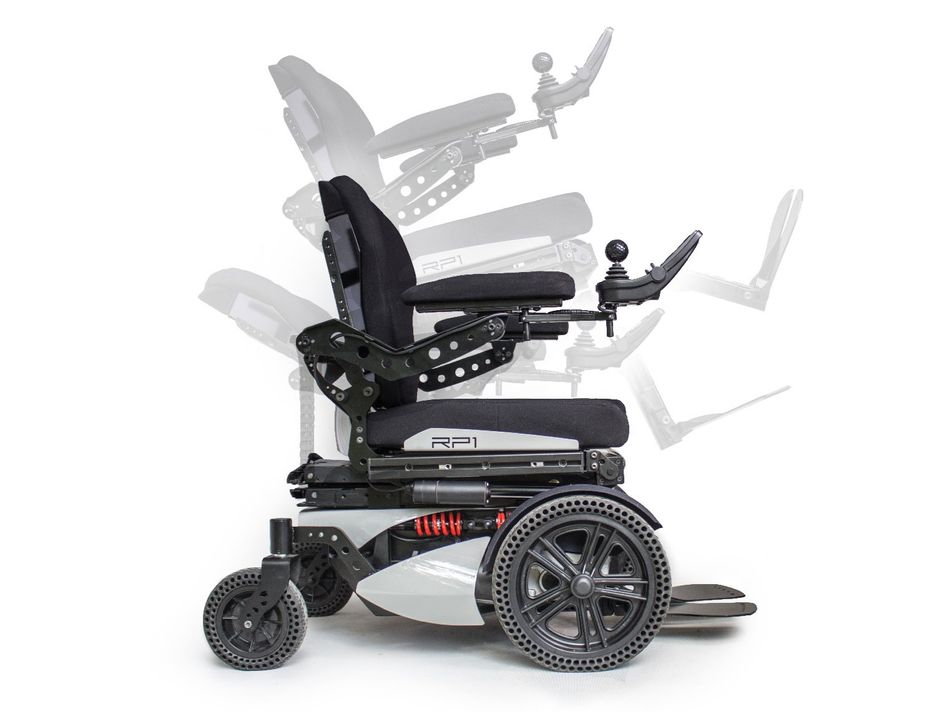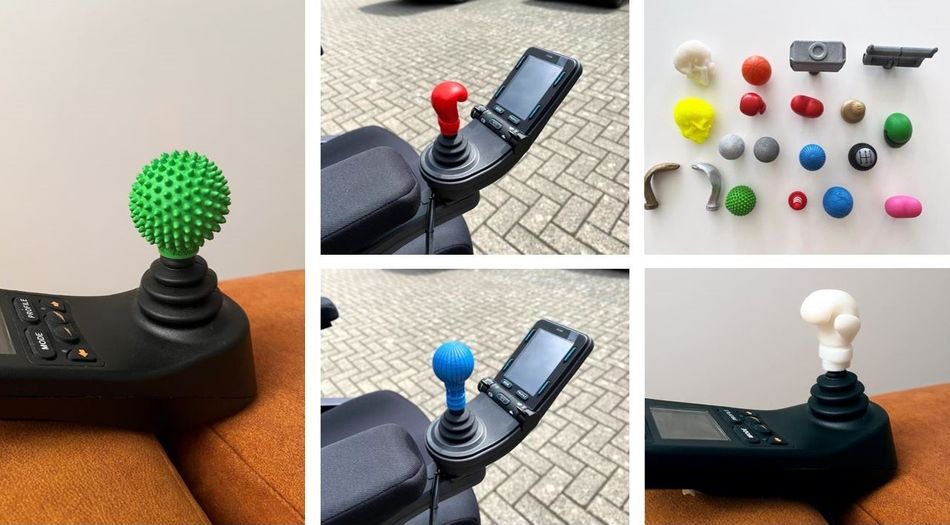Transforming Wheelchair Manufacturing with 3D Printing
The integration of 3D printing technology is revolutionizing the way wheelchairs are designed and produced. This innovative approach is not only making production more efficient and cost-effective but also allowing for new levels of personalization.

3D Printed Wheel Chair Parts
Traditional manufacturing methods for wheelchairs present significant challenges, when it comes to small and medium series. High initial investment costs, e.g. for molds are just the beginning. These methods also result in prolonged prototyping and product development phases, which can delay bringing new products to market. For companies like RehaMedPower, a German medical supplier specializing in wheelchairs, these hurdles were a significant barrier when developing their new electric wheelchair, the RP1.
The Promise of Additive Manufacturing
To overcome these challenges, RehaMedPower contacted the 3D printing platform Replique to explore additive manufacturing (AM) as a solution. Utilizing HP’s Multi Jet Fusion (MJF) technology, they discovered the potential to 3D print numerous wheelchair parts using PA12 (Polyamide 12). This method proved to be more flexible and cost-efficient compared to traditional manufacturing. Depending on specific customer needs, between 19 and 23 parts of the RP1 wheelchair are now 3D printed, covering everything from the footrest attachment to the headrest cover.

Financial and Operational Benefits
The shift to 3D printing brought substantial financial and operational benefits. By eliminating the need for costly injection molds and leveraging digital warehousing for design file storage, RehaMedPower significantly reduced their development time and prototyping costs. Specifically, they saw a 30% reduction in development time and a 60% reduction in prototyping costs. These efficiencies facilitated a faster go-to-market strategy and minimized working capital requirements, ultimately benefiting customers with more personalized care. Wheelchair components can now be quickly reproduced with consistent quality thanks to the secure digital inventory of Replique, where all production files are stored.
“With 3D-printed prototypes we were able to reduce our development time significantly”, comments Thyl Junker, Head of Development at RehaMedPower. “When it comes to serial production in our industry, teaming up with Replique also offers some crucial benefits, such as flexibility in demand planning with production on-demand and the ability to implement changes rapidly and offer special parts to meet the individual needs.”
Enhanced Customization for Users
One of the most significant advantages of 3D printing in wheelchair manufacturing is the ability to offer extensive customization options. Traditional manufacturing offers limited personalization, but 3D printing enables wheelchair users to tailor various parts to their specific needs and preferences. For instance, the RP1 wheelchair can be customized with a wide range of colors and features, enhancing user independence and quality of life.

Building on the success of the RP1, RehaMedPower is already looking at future projects that leverage 3D printing technology for even greater individualization. One such project in the making is the development of a 3D printed joint stick. This innovative accessory aims to offer more customization options for wheelchair users, tailored to their personal preferences. Whether it's a boxing glove attachment for those who enjoy sports or a massage ball, the joint stick can be customized to meet various lifestyles. This project exemplifies how 3D printing can create highly personalized and functional accessories, further enhancing the user experience.

Conclusion
The adoption of 3D printing in the production of wheelchairs represents a significant advancement in the industry. By overcoming the limitations of traditional manufacturing, this technology is enabling faster, more cost-effective, and highly personalized solutions. As more companies embrace these innovations, the benefits for users—greater independence, better fit, and tailored features—will only continue to grow.